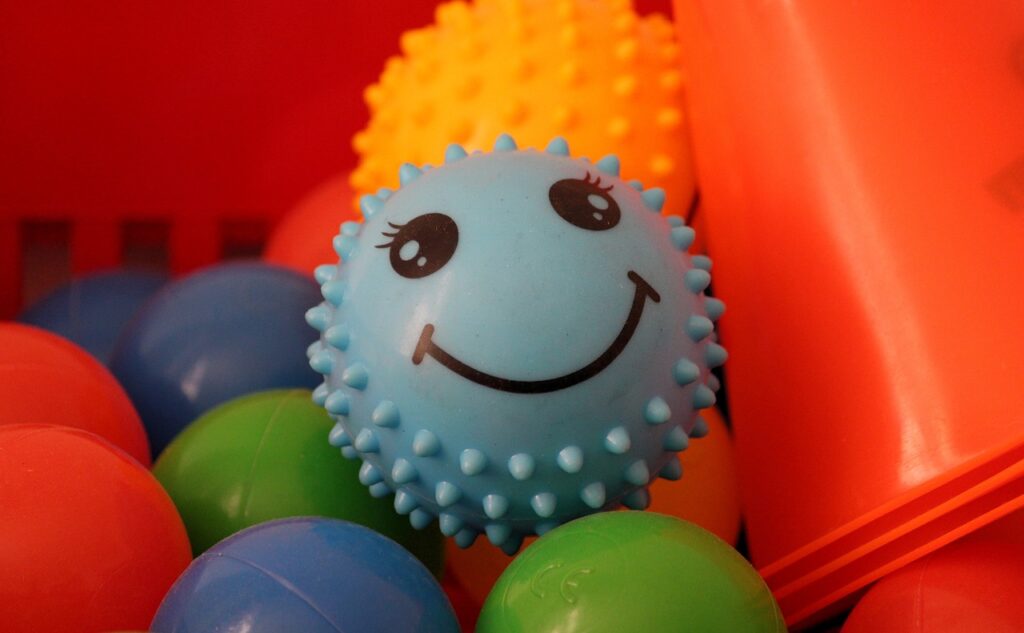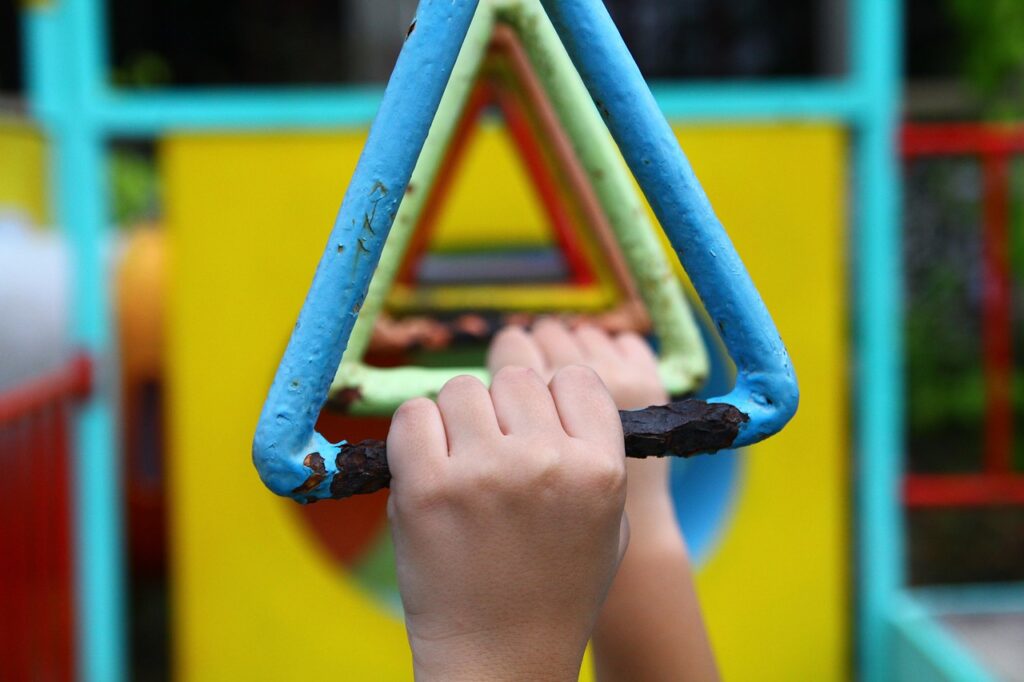
Sensory Ideas
Sensory activities can be beneficial for many children and adults, but individual sensory preferences must be considered when selecting activities. Everyone has unique sensory needs, so it’s important to tailor these activities accordingly. Consulting your occupational therapist can help identify the most suitable sensory activities for you or your child, ensuring they are both enjoyable and effective.

Heavy Work Activities
Also know as proprioceptive activities. These activities can help improve motor skills, reduce anxiety, and enhance focus and attention, making them particularly beneficial for individuals with sensory processing challenges, such as those with autism or ADHD.

Proprioceptive activities are exercises and tasks that stimulate the proprioceptive system, which is responsible for sensing body position, movement, and force. These activities involve deep pressure, joint compression, and muscle resistance, helping to enhance body awareness and coordination. Examples of proprioceptive activities include:
- Heavy work tasks: Pushing, pulling, or carrying heavy objects.
- Jumping and bouncing: Using a trampoline or jumping rope.
- Deep pressure activities: Bear hugs, squeezing stress balls, or using weighted blankets.
- Climbing: Engaging in activities like climbing playground equipment or rock walls.
- Resistance exercises: Performing tasks like tug-of-war or using resistance bands.
Vestibular Activities
These activities help improve balance, coordination, muscle tone, and spatial awareness. They can be particularly beneficial for children with sensory processing challenges, as well as for those who need to improve their overall motor skills and body awareness.

Vestibular activities are exercises and tasks that stimulate the vestibular system, which is responsible for maintaining balance, spatial orientation, and coordination. These activities involve movements that change the position of the head and body in space, helping to develop a sense of balance and equilibrium. Examples of vestibular activities include:
- Spinning: Using a swivel chair, sit-and-spin toy, or a playground merry-go-round.
- Swinging: On a swing set, hammock, or using a tire swing.
- Rocking: Using a rocking chair or a balance board.
- Jumping: Trampolining, jumping on a bed, or hopping on one foot.
- Balancing: Walking on a balance beam, standing on one foot, or using a balance board.
- Rolling: Somersaults, log rolling on the floor, or rolling down a grassy hill.
- Bouncing: On a therapy ball, pogo stick, or a bouncy castle.
Here’s a list of sensory ideas that may benefit your family. I have done my best to review the product and select due to price, quality, ease, and product organization. However, these are ideas and you may find other or additional items that you need. Pinterest is also a good resource for DIY versions of sensory activities and recipes. Also, please read reviews and determine if the project is right for your child’s age and any potential frustrations. As an Amazon affiliate, I earn from qualifying purchases.
Self Care Items
Positioning
Fidgets
- Medium Yoga Ball Seat
- Wiggle Seat Cushion Round
- Wiggle Seat Cushion Wedge
- Lycra Tunnel
- Body Sock
- List Item #3
- List Item #3
- Textured Sensory Stickers
- Tangles
- Fidget Balls
- List Item #3
- List Item #3
- List Item #3
- List Item #3
Swings
Jumping
More Fidgets
Calm/Relax
Sensory Bins
Heavy Work
- Breathing Ball
- List Item #3
- List Item #3
- List Item #3
- List Item #3
